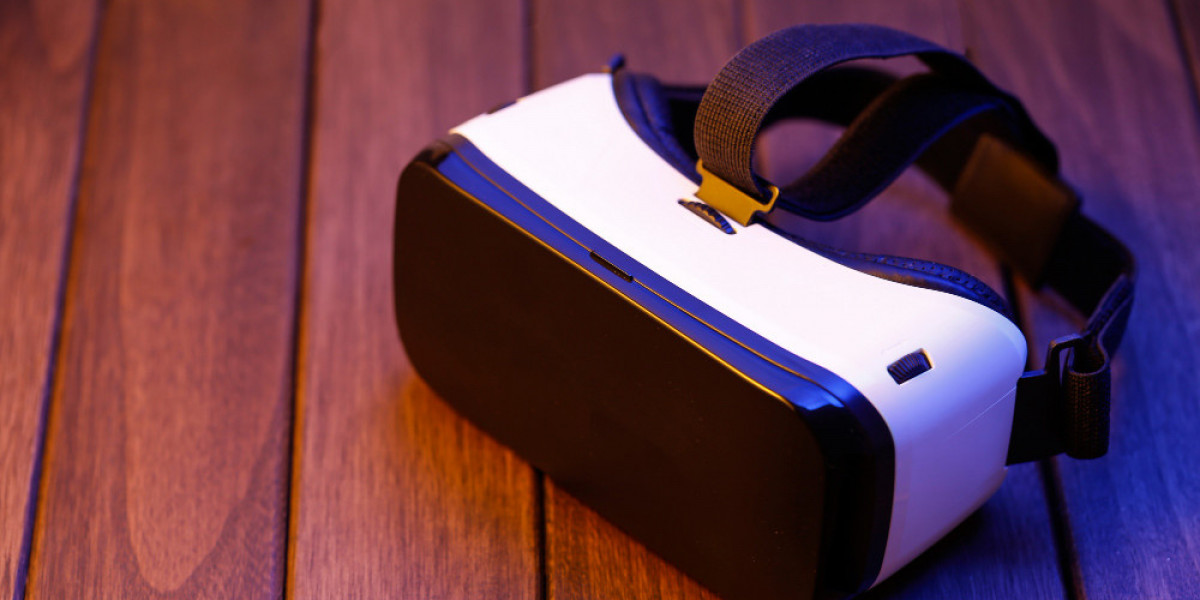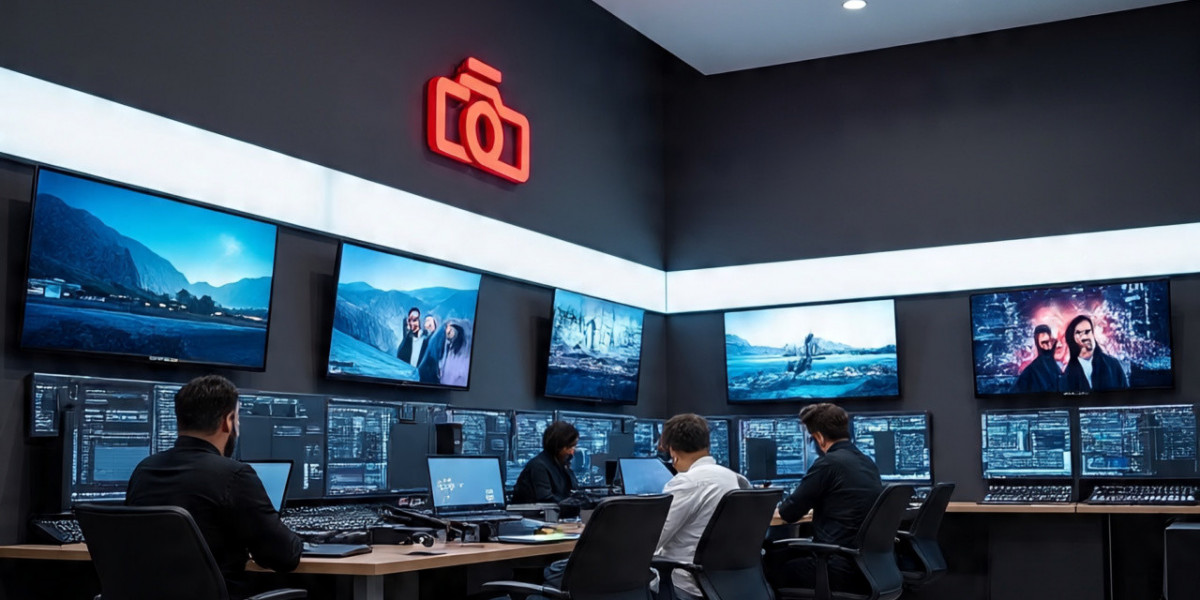Virtual reality headsets have come a long way, but one issue still frustrates users — heavy and bulky designs that cause discomfort and neck strain during long sessions. Many VR systems use traditional Fresnel or aspheric lenses, which are large and inefficient at managing light paths. The solution to this long-standing design flaw lies in a more compact and efficient optical system known as the pancake optical module.
This advanced optical design is redefining how light is folded and reflected inside VR headsets, resulting in slimmer, lighter, and visually sharper devices. Let’s explore why the pancake optical module is essential for the next generation of immersive displays.
Understanding What a Pancake Optical Module Is
A pancake optical module uses a folded optical path created by polarized beam splitters and reflective coatings. This structure shortens the light path without reducing image size or clarity. In simple terms, it “folds” light multiple times within a compact space, allowing designers to reduce headset thickness by up to 50%.
Unlike conventional lenses, this module ensures light polarization and reflection work together seamlessly, providing a clear, distortion-free virtual image that enhances both comfort and visual accuracy.
Why Traditional VR Optics Fail to Deliver Comfort
Most users experience eye fatigue, focus blur, or even motion sickness after using heavy VR headsets for long periods. The main culprits include:
Bulky lens design leading to front-heavy headsets.
Poor image clarity due to suboptimal focal alignment.
Light inefficiency, causing dim visuals and uneven brightness.
Thermal buildup, which affects optical coating performance.
The pancake optical module addresses all these issues by optimizing light management through multiple reflections and polarization. It maintains image brightness while minimizing lens thickness and weight.
Advantages of Using Pancake Optical Modules in VR Devices
Compact & Lightweight Design – Reduces headset depth for greater comfort.
Improved Optical Performance – Minimizes distortion and maintains color accuracy.
High Light Efficiency – Reflects light effectively for brighter images.
Enhanced Eye Relief – Provides better focus for users with or without glasses.
Scalability – Ideal for both consumer and enterprise-grade VR and AR systems.
This balance of visual performance and ergonomics makes it a preferred optical solution for modern VR headsets.
Applications in Today’s AR and VR Market
The pancake optical module is now widely used in:
AR/VR headsets for entertainment, training, and industrial design.
Mixed Reality (MR) systems that require high transparency and compact optics.
Simulation and visualization tools for defense, aviation, and research.
Leading VR companies are already integrating this optical technology to create ultra-thin headsets that combine comfort with exceptional display performance.
Choosing the Right Optical Module for VR Innovation
When developing or sourcing optical modules, engineers must consider factors like coating quality, polarization accuracy, and alignment tolerance. A precision-engineered pancake optical module ensures consistent clarity, minimal ghosting, and stable reflection under variable lighting conditions.
Manufacturers like ARVROptical provide customized optical components tailored to the needs of modern AR/VR systems — balancing innovation, efficiency, and durability in every module.
Conclusion
As the demand for high-performance AR/VR headsets grows, compact optical designs are no longer optional — they’re essential. The pancake optical module represents a major leap forward in achieving lightweight, visually superior headsets that users can wear comfortably for hours.
By embracing this technology, manufacturers can finally deliver on the promise of truly immersive, ergonomic, and efficient virtual reality experiences.








